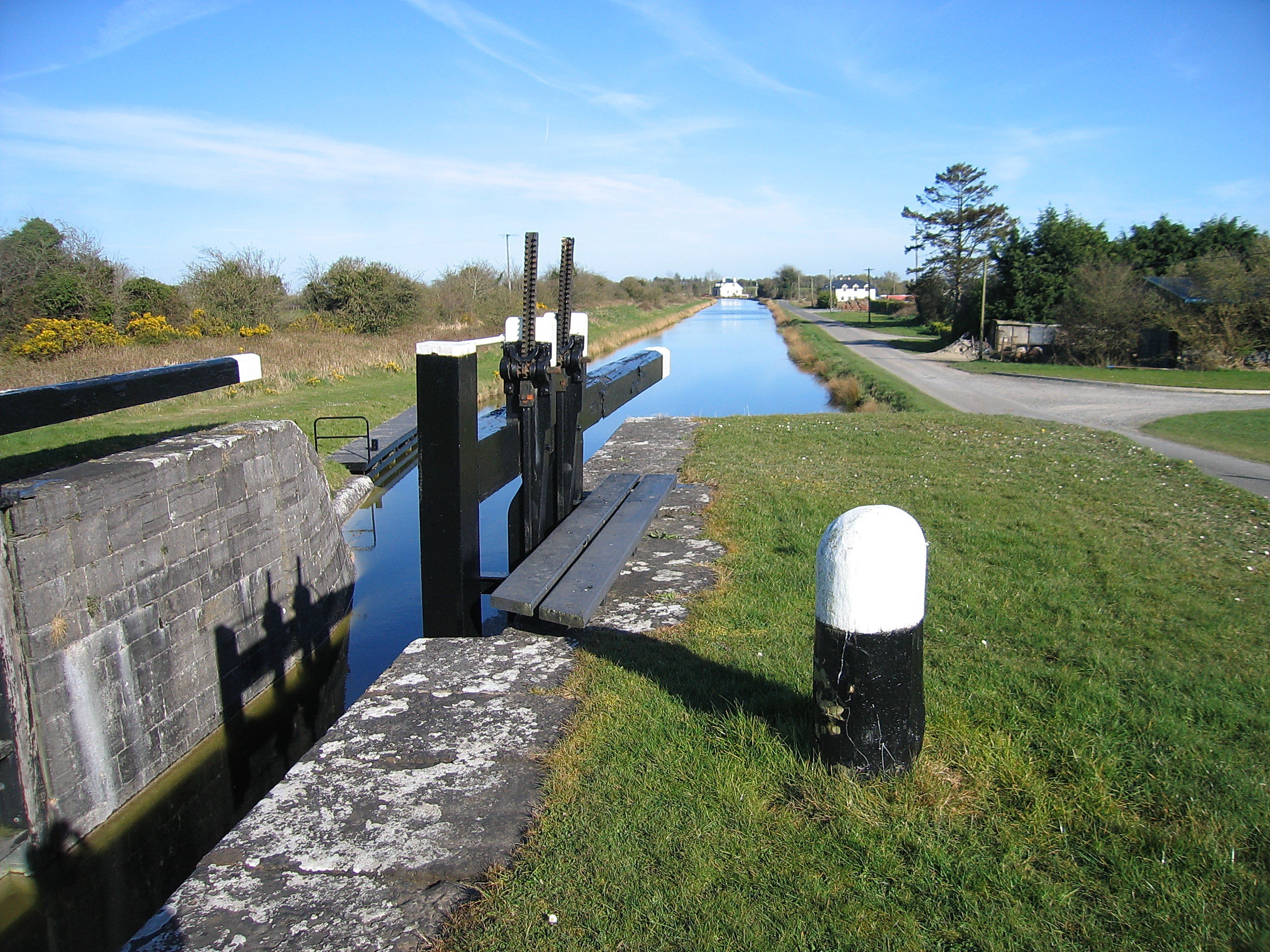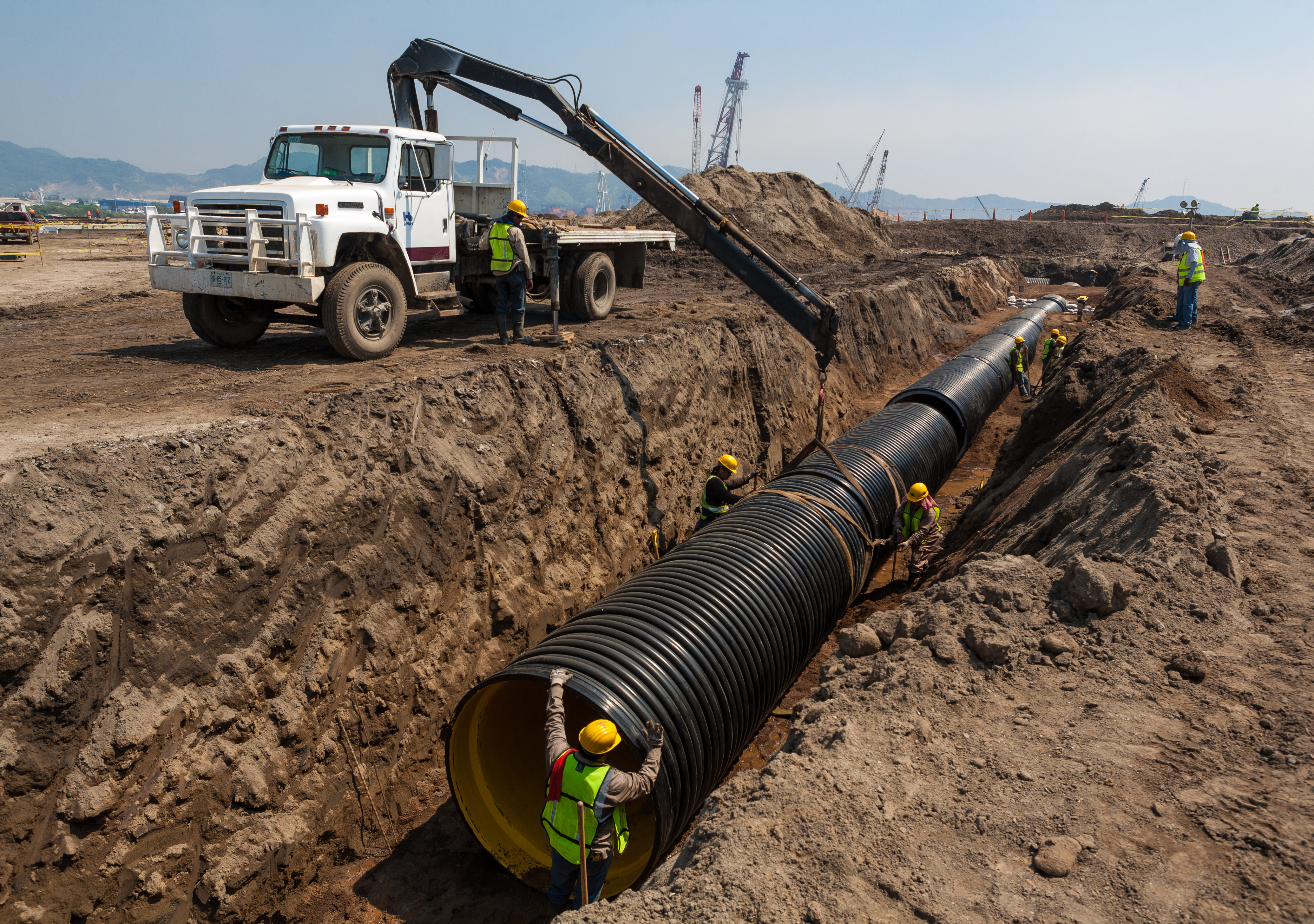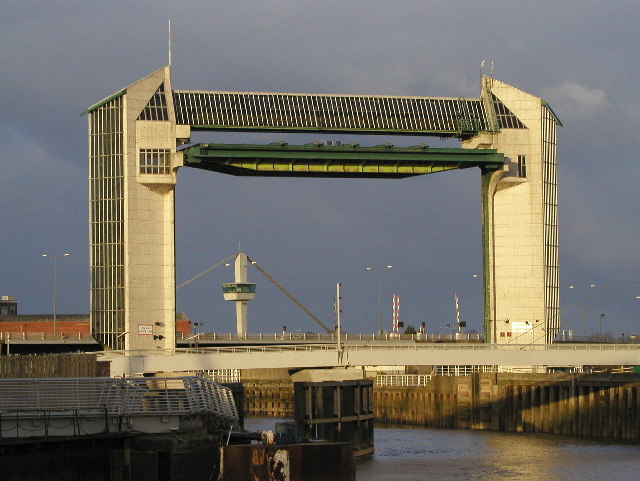|
Market Weighton Canal
The Market Weighton Canal ran from the Humber Estuary to its terminus near Market Weighton. It gained its Act of Parliament in 1772 and opened in 1782. The closest to Market Weighton was abandoned in 1900 and the right of navigation through Weighton lock was lost in 1971. However, as of 2002 the lock was passable and the canal usable up to the junction with the River Foulness where silt has made it impassable. Also there is no right of navigation under the M62 motorway bridge to the north of Newport. History The canal was conceived as part of a wider scheme to drain the low-lying land and fens between the River Humber and Market Weighton. Some of land were threatened by flooding, both from rain and from water flowing into the area from a larger catchment covering , including the East Yorkshire Wolds, which border the area to the east. Before the scheme, most of the lower area was marshland, while the upper area suffered from waterlogging, and was only suitable for grazing of ... [...More Info...] [...Related Items...] OR: [Wikipedia] [Google] [Baidu] |
Market Weighton
Market Weighton ( ) is a town and civil parishes in England, civil parish in the East Riding of Yorkshire, England. It is one of the main market towns in the East Yorkshire Wolds and lies midway between Kingston upon Hull, Hull and York, about from either one. According to the United Kingdom Census 2011, 2011 UK census, Market Weighton parish had a population of 6,429, an increase on the United Kingdom Census 2001, 2001 UK census figure of 5,212. History The 19th-century English lexicographer William Smith (lexicographer), Sir William Smith proposed Market Weighton as the location of the still-undiscovered Roman Empire, Roman castra, camp of Delgovicia. Historically the town was listed in the ''Domesday Book'' as "Wicstun" and was granted its charter to become a market town in 1251. Notable architecture includes: a parish church, parts of which are Norman architecture, Norman, the Londesborough Arms (an 18th-century coaching inn), a Methodist Church of Great Britain, Wesleya ... [...More Info...] [...Related Items...] OR: [Wikipedia] [Google] [Baidu] |
Yorkshire Ouse And Hull River Authority
Yorkshire ( ; abbreviated Yorks), formally known as the County of York, is a historic county in northern England and by far the largest in the United Kingdom. Because of its large area in comparison with other English counties, functions have been undertaken over time by its subdivisions, which have also been subject to periodic reform. Throughout these changes, Yorkshire has continued to be recognised as a geographic territory and cultural region. The name is familiar and well understood across the United Kingdom and is in common use in the media and the military, and also features in the titles of current areas of civil administration such as North Yorkshire, South Yorkshire, West Yorkshire and the East Riding of Yorkshire. Within the borders of the historic county of Yorkshire are large stretches of countryside, including the Yorkshire Dales, North York Moors and Peak District national parks. Yorkshire has been nicknamed "God's Own Country" or "God's Own County" by its in ... [...More Info...] [...Related Items...] OR: [Wikipedia] [Google] [Baidu] |
Canals Opened In 1782
Canals or artificial waterways are waterways or engineered channels built for drainage management (e.g. flood control and irrigation) or for conveyancing water transport vehicles (e.g. water taxi). They carry free, calm surface flow under atmospheric pressure, and can be thought of as artificial rivers. In most cases, a canal has a series of dams and locks that create reservoirs of low speed current flow. These reservoirs are referred to as ''slack water levels'', often just called ''levels''. A canal can be called a ''navigation canal'' when it parallels a natural river and shares part of the latter's discharges and drainage basin, and leverages its resources by building dams and locks to increase and lengthen its stretches of slack water levels while staying in its valley. A canal can cut across a drainage divide atop a ridge, generally requiring an external water source above the highest elevation. The best-known example of such a canal is the Panama Canal. Many ... [...More Info...] [...Related Items...] OR: [Wikipedia] [Google] [Baidu] |
Canals In The East Riding Of Yorkshire
Canals or artificial waterways are waterways or river engineering, engineered channel (geography), channels built for drainage management (e.g. flood control and irrigation) or for conveyancing water transport watercraft, vehicles (e.g. water taxi). They carry free, calm surface flow under atmospheric pressure, and can be thought of as artificial rivers. In most cases, a canal has a series of dams and lock (water transport), locks that create reservoirs of low speed current flow. These reservoirs are referred to as ''slack water levels'', often just called ''levels''. A canal can be called a ''navigation canal'' when it parallels a natural river and shares part of the latter's discharge (hydrology), discharges and drainage basin, and leverages its resources by building dams and locks to increase and lengthen its stretches of slack water levels while staying in its valley. A canal can cut across a drainage divide atop a ridge, generally requiring an external water source ... [...More Info...] [...Related Items...] OR: [Wikipedia] [Google] [Baidu] |
History Of The British Canal System
History (derived ) is the systematic study and the documentation of the human activity. The time period of event before the History of writing#Inventions of writing, invention of writing systems is considered prehistory. "History" is an umbrella term comprising past events as well as the memory, discovery, collection, organization, presentation, and interpretation of these events. Historians seek knowledge of the past using historical sources such as written documents, oral accounts, art and material artifacts, and ecological markers. History is not complete and still has debatable mysteries. History is also an Discipline (academia), academic discipline which uses narrative to describe, examine, question, and analyze past events, and investigate their patterns of cause and effect. Historians often debate which narrative best explains an event, as well as the significance of different causes and effects. Historians also debate the historiography, nature of history as an end in ... [...More Info...] [...Related Items...] OR: [Wikipedia] [Google] [Baidu] |
Canals Of The United Kingdom
The canals of the United Kingdom are a major part of the network of inland waterways in the United Kingdom. They have a varied history, from use for irrigation and transport, through becoming the focus of the Industrial Revolution, to today's role of recreational boating. Despite a period of abandonment, today the canal system in the United Kingdom is again increasing in use, with abandoned and derelict canals being reopened, and the construction of some new routes. Canals in England and Wales are maintained by navigation authorities. The biggest navigation authorities are the Canal & River Trust and the Environment Agency, but other canals are managed by companies, local authorities or charitable trusts. The majority of canals in the United Kingdom can accommodate boats with a length of between and are now used primarily for leisure. There are a number of canals which are far larger than this, including New Junction Canal and the Gloucester and Sharpness Canal, which can ... [...More Info...] [...Related Items...] OR: [Wikipedia] [Google] [Baidu] |
B1230 Road
B roads are numbered routes in Great Britain of lesser importance than A roads. See the article Great Britain road numbering scheme The Great Britain road numbering scheme is a numbering scheme used to classify and identify all roads in Great Britain. Each road is given a single letter (which represents the road's category) and a subsequent number (between 1 and 4 digits). ... for the rationale behind the numbers allocated. Zone 1 (3 digits) Zone 1 (4 digits) {{DEFAULTSORT:B Roads In Zone 1 Of The Great Britain Numbering Scheme 1 1 ... [...More Info...] [...Related Items...] OR: [Wikipedia] [Google] [Baidu] |
River Authority
River authorities controlled land drainage, fisheries and river pollution in rivers, streams and inland waters in England and Wales between 1965 and 1973. Background A royal commission, with Lord Bledisloe acting as its chairman, reported on the state of land drainage legislation covering England and Wales on 5 December 1927. It concluded that existing laws were "vague and ill-defined, full of anomalies, obscure, lacking in uniformity, and even chaotic." It recommended the creation of catchment boards with responsibility for main rivers, and formed the basis for the Land Drainage Act 1930, although only 47 of the 100 catchment boards suggested by the commission were enshrined in the legislation. The River Boards Act 1948 sought to establish river boards throughout the whole of England and Wales, with overall responsibility for land drainage, fisheries and river pollution. Thirty-two river boards inherited the functions of the existing catchment boards, or took over the flood ... [...More Info...] [...Related Items...] OR: [Wikipedia] [Google] [Baidu] |
Highland Carrier
In the field of land drainage, a highland carrier is a watercourse that conveys drainage water coming from higher in the catchment across or around a lower, drained area of land, but has little or no connection with the drainage network of that drained area. Such a carrier is enclosed by levee A levee (), dike (American English), dyke (Commonwealth English), embankment, floodbank, or stop bank is a structure that is usually earthen and that often runs parallel to the course of a river in its floodplain or along low-lying coastl ...s. References Hydraulic engineering Hydrology {{Hydrology-stub ... [...More Info...] [...Related Items...] OR: [Wikipedia] [Google] [Baidu] |
Drainage Commissioner
Drainage is the natural or artificial removal of a surface's water and sub-surface water from an area with excess of water. The internal drainage of most agricultural soils is good enough to prevent severe waterlogging (anaerobic conditions that harm root growth), but many soils need artificial drainage to improve production or to manage water supplies. History Early history The Indus Valley civilization had sewerage and drainage systems. All houses in the major cities of Harappa and Mohenjo-daro had access to water and drainage facilities. Waste water was directed to covered gravity sewers, which lined the major streets. 18th and 19th century The invention of hollow-pipe drainage is credited to Sir Hugh Dalrymple, who died in 1753. Current practices Geotextiles New storm water drainage systems incorporate geotextile filters that retain and prevent fine grains of soil from passing into and clogging the drain. Geotextiles are synthetic textile fabrics specially man ... [...More Info...] [...Related Items...] OR: [Wikipedia] [Google] [Baidu] |
River Humber
The Humber is a large tidal estuary on the east coast of Northern England. It is formed at Trent Falls, Faxfleet, by the confluence of the tidal rivers Ouse and Trent. From there to the North Sea, it forms part of the boundary between the East Riding of Yorkshire on the north bank and North Lincolnshire on the south bank. Although the Humber is an estuary from the point at which it is formed, many maps show it as the River Humber. Below Trent Falls, the Humber passes the junction with the Market Weighton Canal on the north shore, the confluence of the River Ancholme on the south shore; between North Ferriby and South Ferriby and under the Humber Bridge; between Barton-upon-Humber on the south bank and Kingston upon Hull on the north bank (where the River Hull joins), then meets the North Sea between Cleethorpes on the Lincolnshire side and the long and thin headland of Spurn Head to the north. Ports on the Humber include the Port of Hull, the Port of Grimsby ... [...More Info...] [...Related Items...] OR: [Wikipedia] [Google] [Baidu] |
Land Drainage Act 1930
The Land Drainage Act 1930 was an Act of Parliament passed by the United Kingdom Government which provided a new set of administrative structures to ensure that drainage of low-lying land could be managed effectively. It followed the proposals of a royal commission which sat during 1927. The Act sought to set up catchment boards with overall responsibility for each of the main rivers of England and Wales, and to alter the basis on which drainage rates could be collected, removing the 400-year-old precept that only those who directly benefitted from drainage works could be expected to pay for them. Background Prior to the 1930s, land drainage in the United Kingdom was regulated by the Statute of Sewers, passed by King Henry VIII in 1531, and several further acts which built upon that foundation. However, there was some dissatisfaction with these powers, as although there were administrative bodies with powers to manage the drainage of low-lying areas, they did not have sufficient ... [...More Info...] [...Related Items...] OR: [Wikipedia] [Google] [Baidu] |




.jpg)


